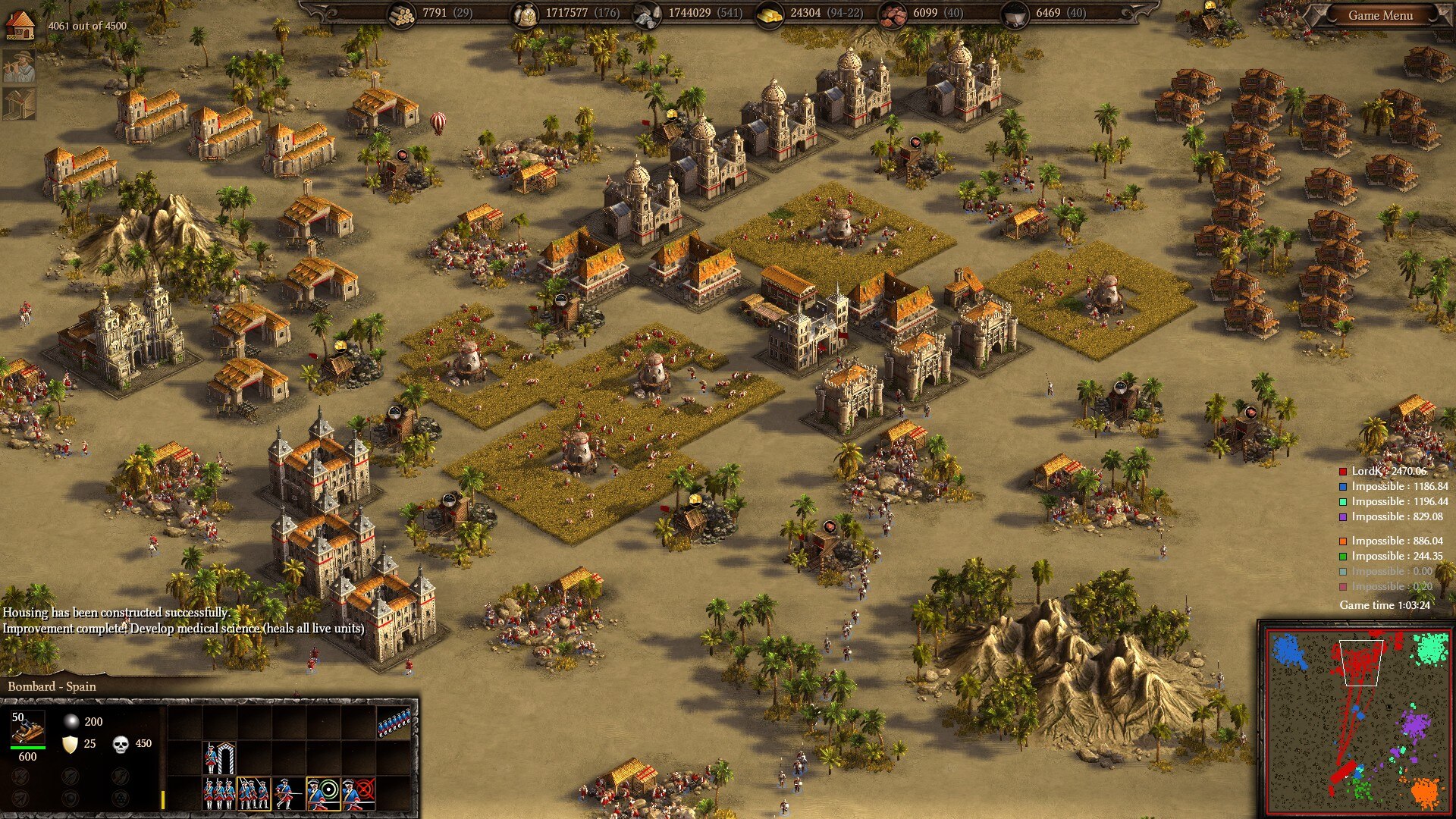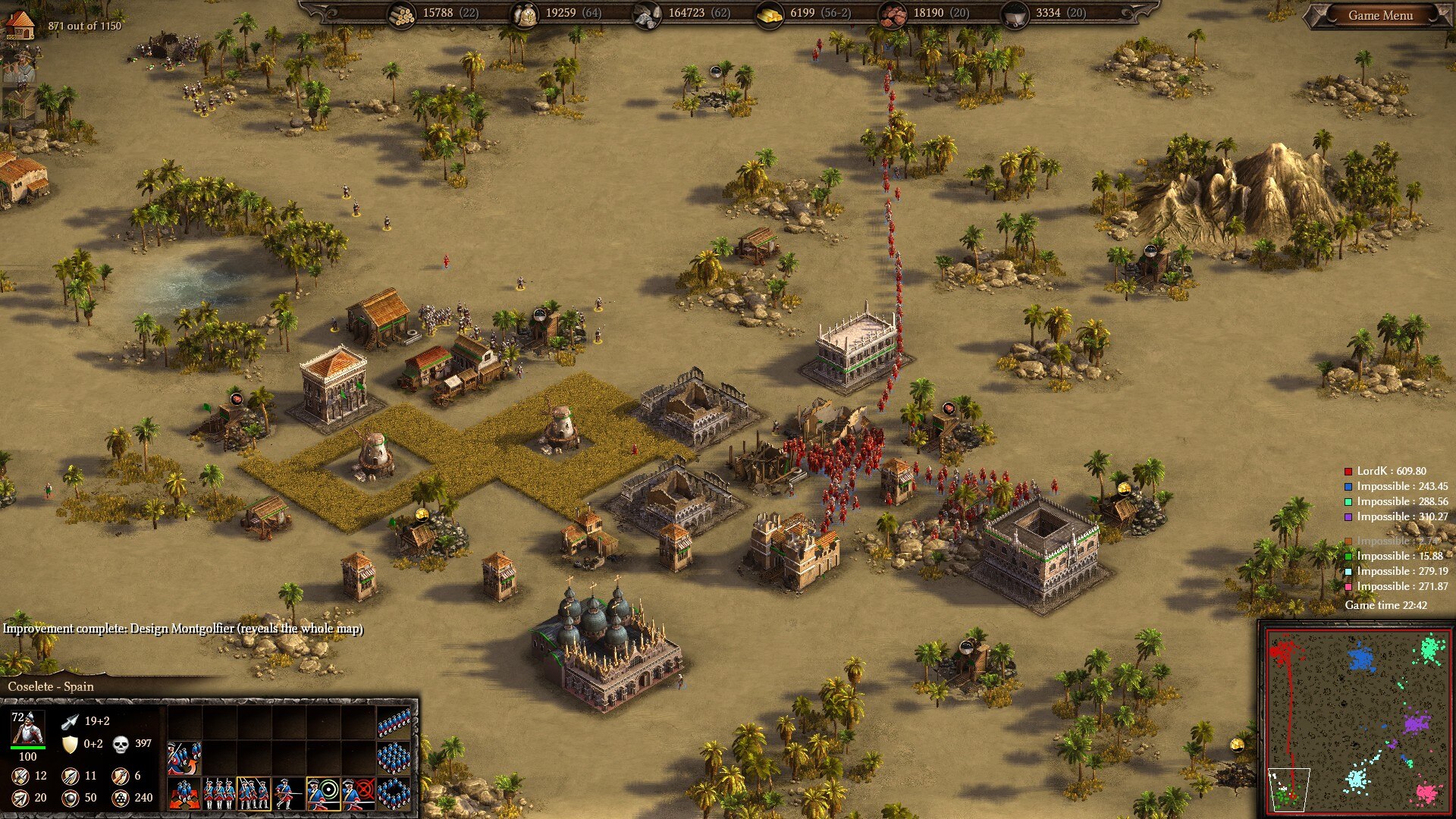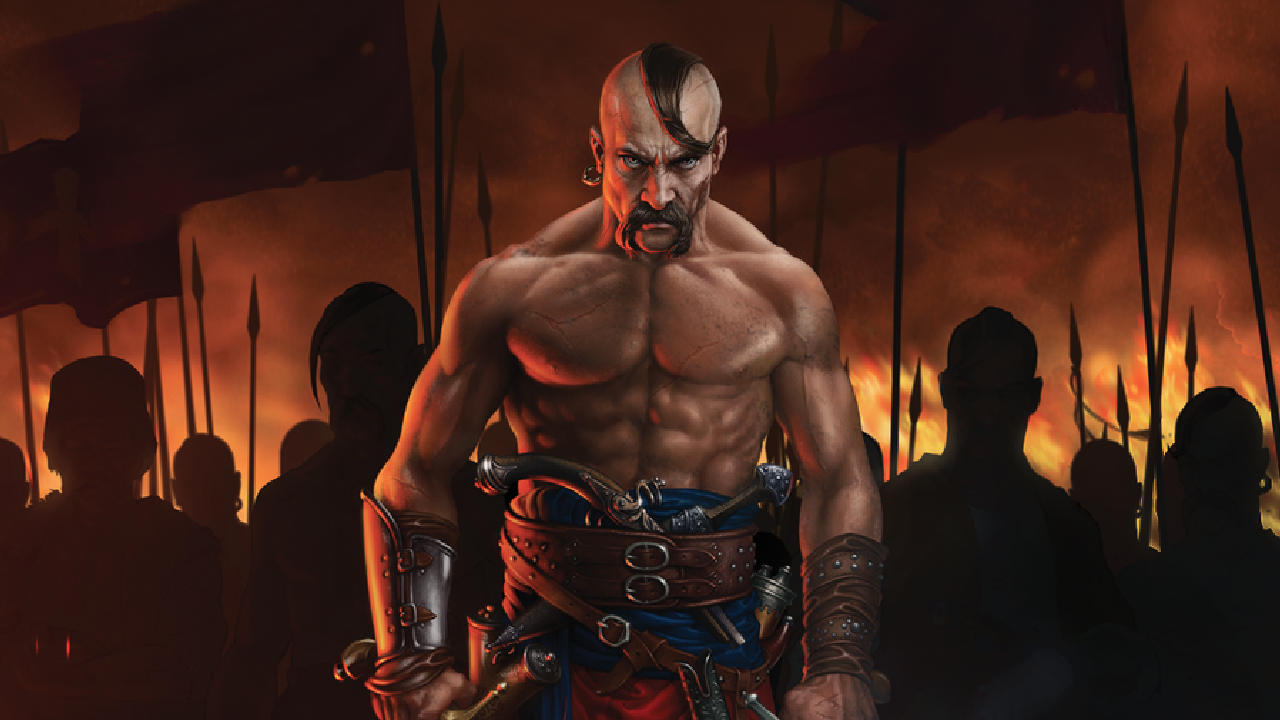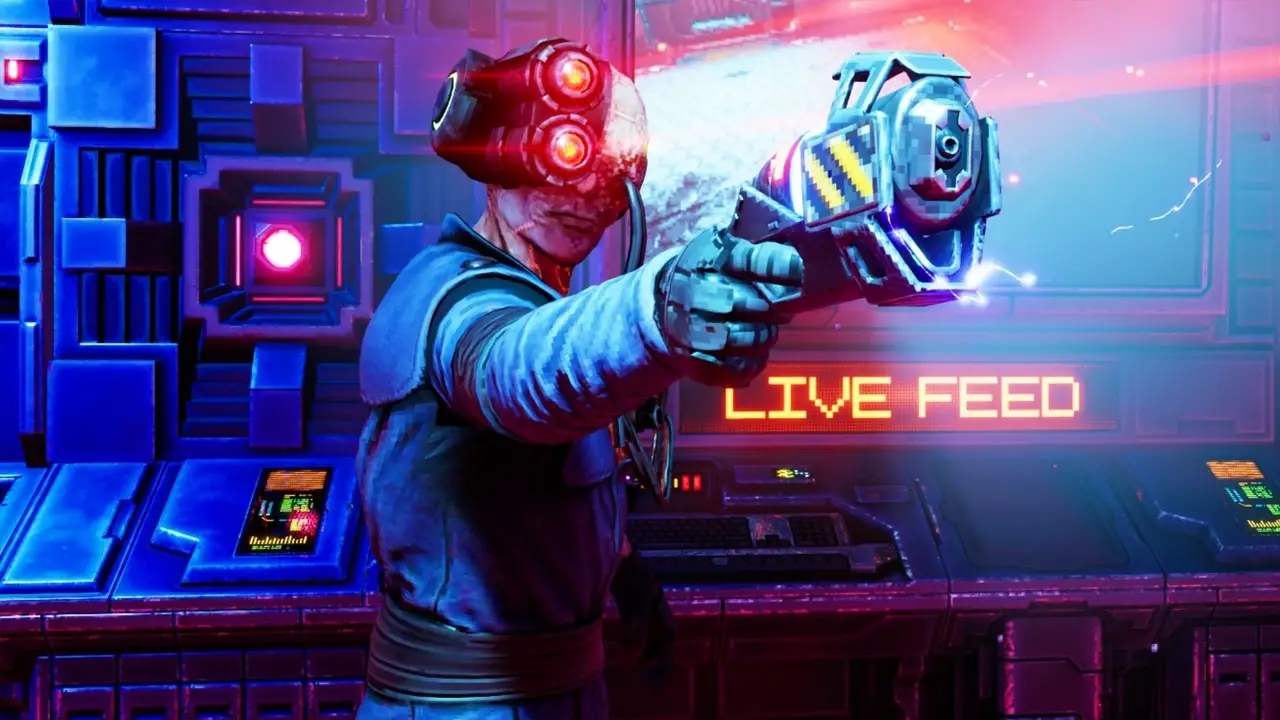A guide to the nation of Spain covering their bonuses, unique units, and overall playstyle with a bit of history on the side!
introduzione

The famous Cross of Burgundy flag, featuring a red “saw-toothed” S. Andrew’s cross on a white field. Originally flown by the dukes of Burgundy, the flag was imported to Spain by the Habsburgs in 1506 and has been widely used as a symbol of the kingdom ever since.
Availability: Base game
Messa a fuoco: Early/Balanced, Fretta, Elite 17th century infantry
Stile di gioco: European
Spain is a balanced nation with an above average early game and an emphasis on its elite, armored 17th century infantry. Both the Coselete and Spanish Musketeer are one of if not the strongest unit in their respective category but are held back by their slow training times. Their presence is enough to make Spain a good pick for anyone who wants to engage in some early aggression while still having a competitive army in the 18th century.
If you like strong armored infantry, prefer quality over quantity, or just want a flexible faction that’s strong early on without sacrificing their late-game potential like some other countries, Spain is a great nation for you.
Caratteristiche
+ Coselete–elite pikeman good at both early fighting and tanking bullets
+ 18C. Musketeer
+ Balloon to reveal map
~ Spanish Musketeer–individually strong but slow-training
~ Academies cost slightly slightly more wood but slightly less stone
Spain boasts the standard European tech tree, edifici, and units apart from its 17th century infantry. The only other notable difference is that Spanish Academies cost slightly more wood but less stone. This is a mixed blessing, ma ciò’s a small enough deal that it shouldn’t affect your playstyle at all, making Spain a very easy nation to pick up and play.
Gioco

NOTA: This section assumes you’re playing without capture rules and are thus limited to Spanish units and buildings. While capturing can be fun, it also dilutes the factions’ unique characteristics and forces a much more turtling-centric playstyle, which is why many online matches don’t use it.
Partita iniziale (early 17th century)
Spain has an above average early game, especially in games with little or no peacetime where you can leverage its high-quality 17th century infantry to your advantage. Voi’ll need to be wary of stronger rushing nations, such as Poland and the Islamics, but against all others you should enjoy a healthy margin of superiority. Take advantage of this to bully your enemies and kill or cripple their bases if you can.
A parte quello, Spain plays pretty much the same as other European nations and uses the standard openings. In 0 peacetime games you’ll be fielding Coseletes to make use of their early-game prowess. If the peacetime is 15 minutes or more, use Spain’s elite Musketeers.

The armored pain train won’t stop: Coseletes and mercenaries rush the second base of the game. (The AI isn’t good at supporting each other; this would be much harder against skilled players.)
Mid game (late 17th/early 18th century)
Here Spain is, di nuovo, above average. In games with 15+ minute peacetimes your unique Musketeers will give you, if not a decisive edge, at least a small leg up over most other nations. Se lo’s a larger game and you have a choice of targets, prioritize the nations with a stronger late game than you, such as Bavaria or Prussia. Taking them out before they get too powerful will greatly improve your odds if the game goes late.
Your army at this point should be composed of your infantry of choice (dependent on how long the peacetime was) plus mercenaries, your first artillery, and whichever cavalry you prefer. Pairing Coseletes with Dragoons or Musketeers with melee cavalry will ensure your army has plenty of firepower while still maintaining a strong bullet screen. Do be careful about bunching your slow-training infantry up lest a few well-aimed cannonballs delete a significant chunk of your army.

Red ball of death: A late-game Spanish army forces its way into the enemy’s town. (Good thing there aren’t many cannons around because damn my troops are bunched up!)
Gioco inoltrato (late 18th century)
By this point most nations are fielding powerful gunpowder armies. Spagna’s performance is pretty average at this stage. Average in Cossacks is still good, però, ed esso’s significantly better than most stronger rushing nations have it in the late game. Adesso’s the time to turn the tables on factions like Poland and Scotland who were threatening you earlier and see how they like being bullied.
Your army in this period will be composed of the typical mix of 18c. Musketeers plus artillery, your choice of cavalry, and whichever 17th century infantry you picked earlier. The Coselete excels as a bullet sponge since Spain doesn’t need as many of them to form a strong screen for its army, allowing room for more 18c. Musketeers and cavalry. The Spanish Musketeer is a bit trickier to make work but they’re nearly as tanky as the Coselete and put out far more damage, though their lack of a melee attack could be problematic if melee troops reach them.



